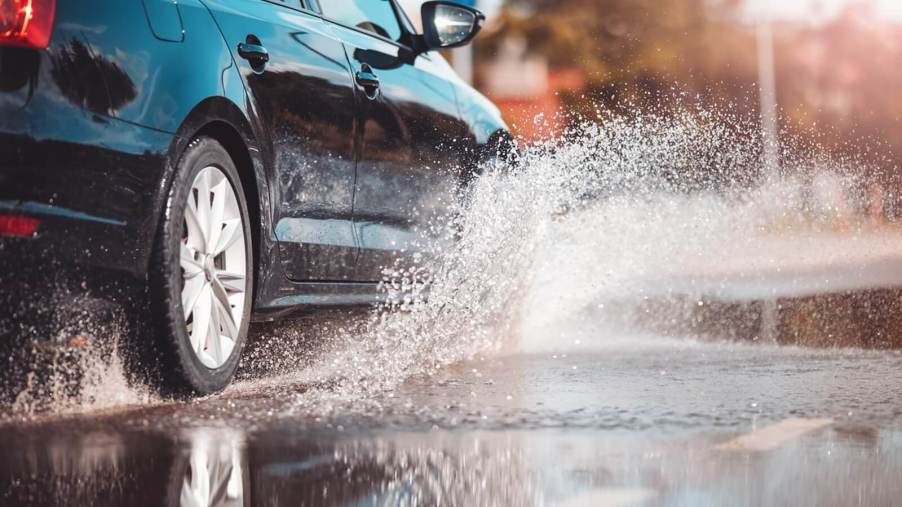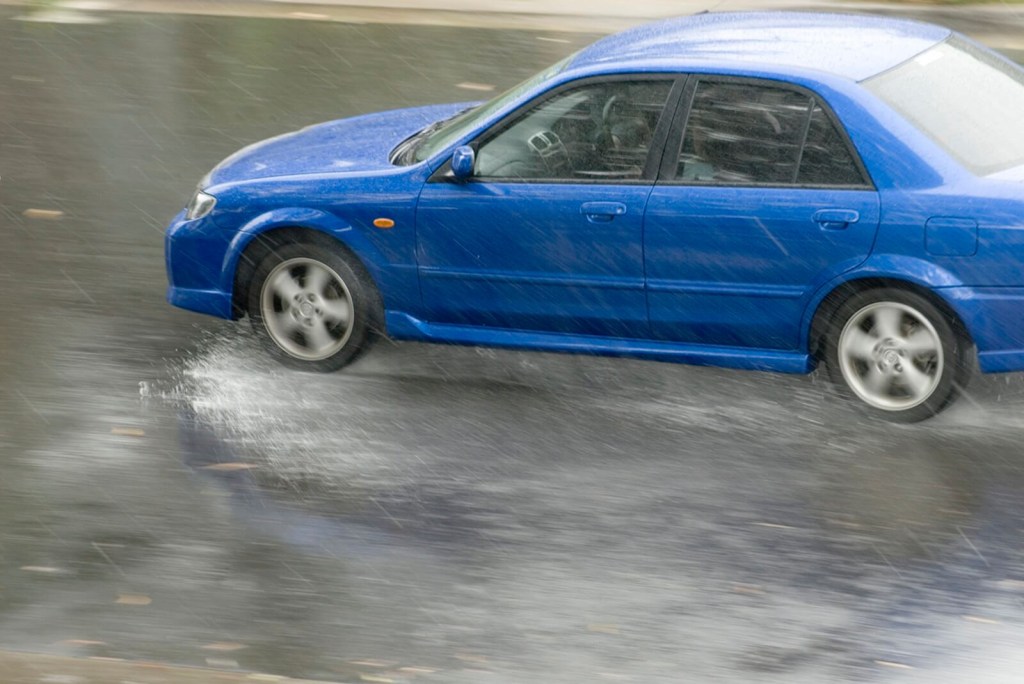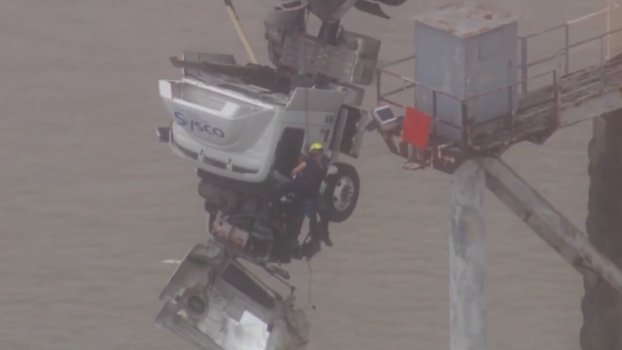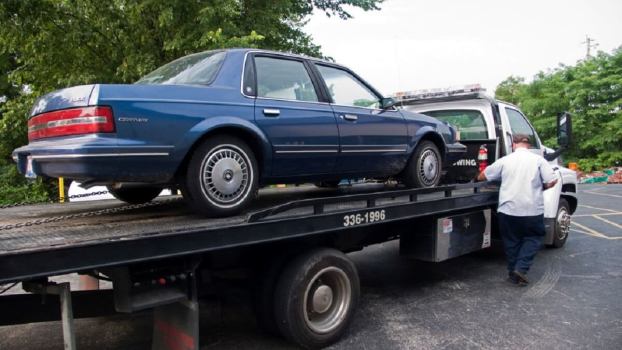
What Is Hydroplaning and How Do You Handle It?
Wet weather presents unique hazards drivers won’t face in dry, warm conditions. Of a rainy day’s hazards, hydroplaning, or aquaplaning, is a serious safety concern for drivers. So, just what is hydroplaning, and what can you do to mitigate it?
Hydroplaning is dangerous, but if you remain calm and respond accordingly, you’ll increase your chances of regaining control
April showers and whatnot, right? For much of the country and its drivers, the rains are coming. Hydroplaning, also known as aquaplaning, happens when the contact patch of your tire no longer contacts the road surface. Instead, your tire is doing its best speed boat impression. You’ll know it when it happens; the available traction in your tires disappears, and if it’s serious enough, you’ll likely enter a skid.
You’ve likely heard someone say “steer into the skid” as explicit instructions or an analogy for remaining flexible. As silly and counterintuitive as it sounds, you should steer into your intended direction of travel as you let off the throttle and decrease speed. Keep in mind that the first indications of hydroplaning could precede a full-on skid. Remain calm and use gentle, gradual steering inputs.

Fortunately, you’ll likely reach a point in the road where the contact patch and grooves of your tires can do their work. See, the all-season tires on your vehicle channel water away from the contact patch, or the part of the tire meant to make contact with the road surface and maintain traction. Consequently, when the tire can’t repel enough water to keep the contact patch gripping the pavement, it tends to rise off the road surface aquaplane.
As such, you can do a couple of things to maximize the slick surface performance of your rubber. For instance, you should routinely check and maintain proper tire pressure. Squishy, underinflated tires could increase your chance of aquaplaning. For your manufacturer’s recommended tire pressure, consult your owner’s manual or the sticker on your vehicle’s door.
Furthermore, old tires with worn tread will displace less water and perform worse in inclement weather. Consequently, a simple upside-down penny tread test can confirm your tire’s tread depth is at least 1/16th of an inch. Better yet, you can stack the deck in your favor with proper driving behaviors. Maintain a safe following distance and reduce your speed in inclement to avoid a crash in wet weather.





